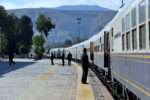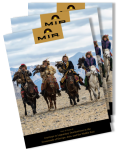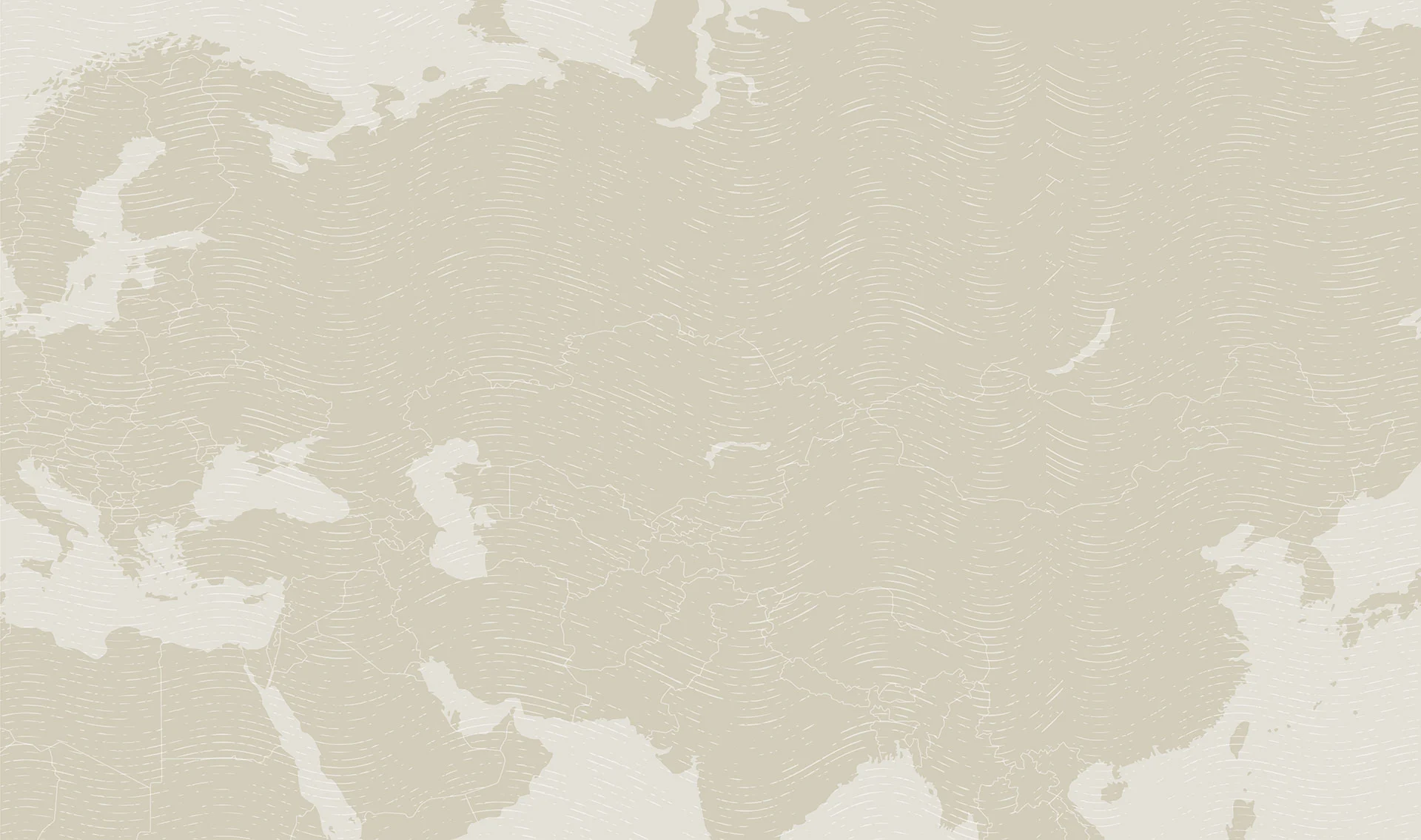Discover Rail Journeys
Photo credit: Helge Pedersen
Experience Legendary Train Routes in Modern Comfort
Going by rail is a classic way to experience MIR’s destinations, especially when you’re taking one of our private train journeys. Combining the romance of Old World travel with modern amenities, these trips allow you to experience fascinating, diverse destinations in hassle-free comfort.
Why Travel by Train with MIR
Whether you’re looking for Old World romance or simply a comfortable way to get from point A to point B, you can rest assured that MIR knows all of the options for traveling the regions we cover by rail. We’ll make sure you find the one that’s best for you.
- More than 30 years of train travel experience along Trans-Siberian Railway and beyond
- Twice named one of National Geographic Adventure’s “Best Adventure Travel Companies on Earth”
- Patricia Schultz, author of 1,000 Places to See Before You Die, recommends MIR as the company to plan your Trans-Siberian rail journey
- Travel programs from Northwestern, Harvard, and Johns Hopkins have chosen MIR to guide them on rail journeys across our corner of the world
- Personalized travel planning from start to finish
- On-the-ground support, including MIR affiliate offices in St. Petersburg, Moscow, Ulan Ude, Irkutsk, and Tashkent
- Guides and tour managers that clients rave about
- Quality you can trust









